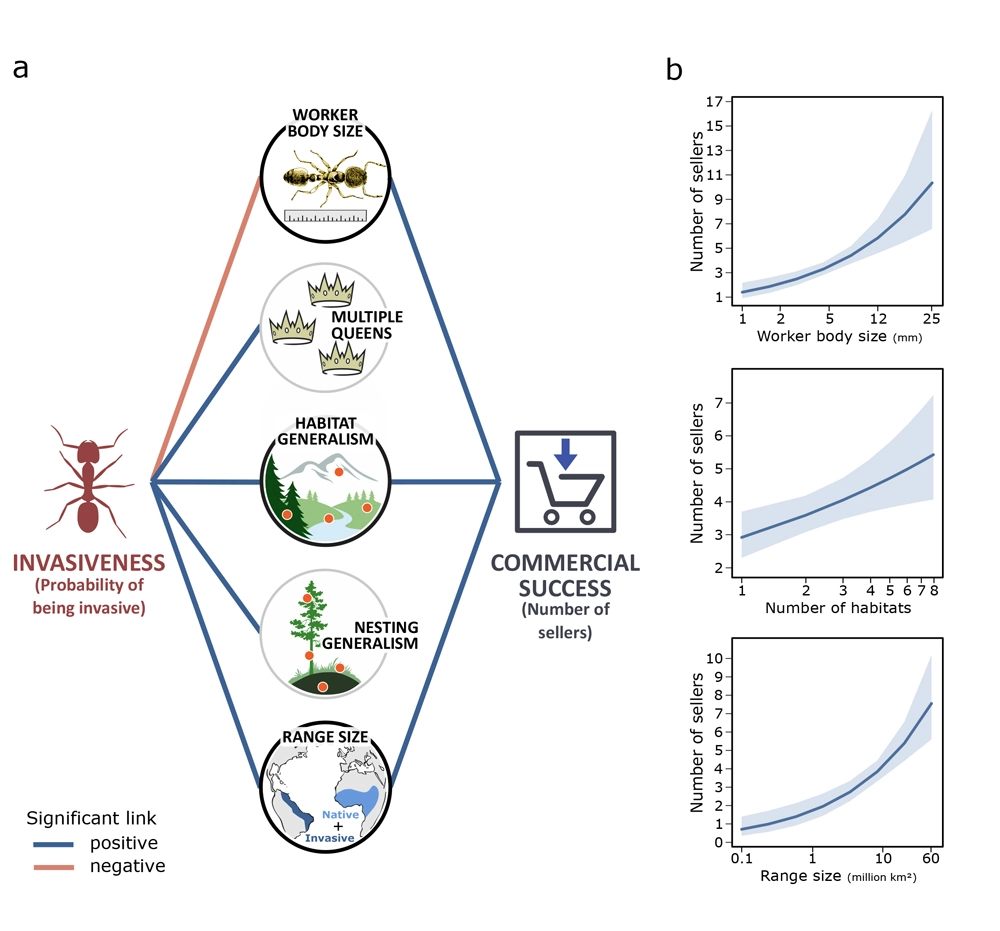

The wildlife trade, a global industry worth billions of US dollars annually, poses a significant threat to biodiversity and human health. To date, research and regulation have primarily focused on its role in species extinction due to overexploitation. Striking examples include the Beluga Sturgeon, critically endangered by overfishing for its luxury caviar, and the Northern White Rhino, poached to extinction for its horn, which is used in traditional medicine. However, the consequences of the wildlife trade extend far beyond species loss. Because live animals traded for exotic pets, biomedical research, and other purposes often escape captivity, the global wildlife trade has contributed to hundreds of biological invasions, some with severe ecological and socio-economic impacts. Additionally, as the COVID-19 pandemic highlighted, the trade in live animals (e.g., exotic pets) and animal products (e.g., fur, meat, traditional medicine) increases the risk of infectious disease outbreaks affecting wildlife, domestic animals, and humans.
Using the pet trade in ants as a model system, I demonstrated that invasive species are favoured in the pet trade because they have ecological characteristics that increase their commercial success. These findings imply the existence of a socio-ecological feedback loop by which traded species tend to become invasive, and invasive species tend to be more traded. This vicious circle is likely to accelerate current invasions and facilitate the emergence of new invaders. This study also revealed an entirely overlooked globalized pet market, with more than 500 ant species, including 57 invasive ones, traded worldwide.
